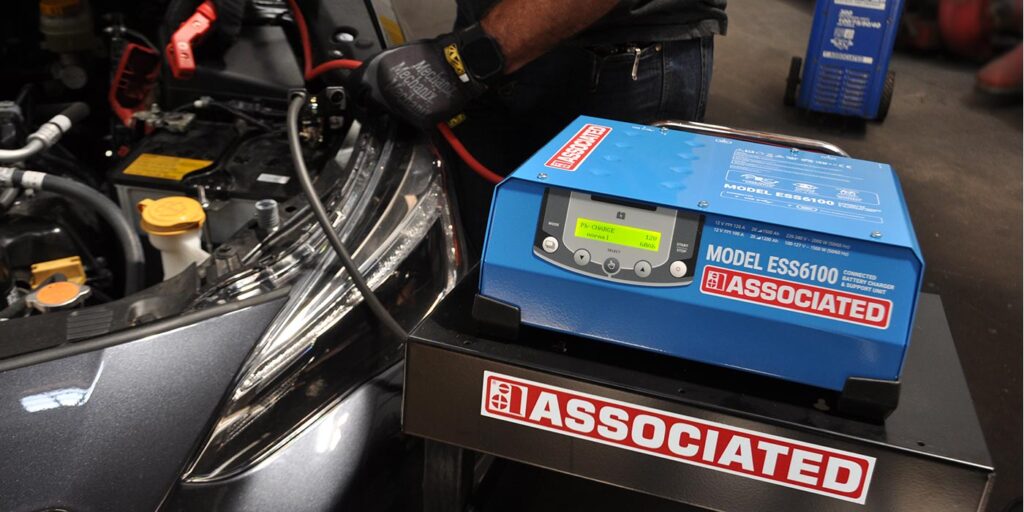Beyond those mentioned in our feature story about how to keep batteries in good shape for the winter, many of the battery maintenance steps you need to take should occur long before that season. It all goes back to that summer heat issue.
According to Jeff Barron, lab manager/engineering and tech. services for Interstate Batteries, the key to making all this work is part of your regular scheduled maintenance in which you separate the battery pack to run your conductance testing and even a carbon pile load test with half the CCA value of the battery.
According to Barron, the steps are as follows:
- Make sure to clean all your connectors along with the post to ensure there is no corrosion.
- If needed, clean the corrosion using a baking soda and water mixture the consistency of toothpaste to neutralize the acid content on the cables and post.
- Once the corrosion has been neutralized, rinse with distilled or deionized water.
- Dry everything off and reattach the connectors.
- Tighten the connectors to the appropriate torque specifications.
- When everything is attached and torqued, use a terminal spray protector to keep rain, salt, etc., from getting in contact with the lead and cable ends.
- Periodically check the terminals for tightness and retorque if needed.
Beyond this, the fall is a good time to check and make sure the battery is ready for the harsh winter.
Additional PM steps suggested by battery experts include:
Practice opportunity charging
Opportunity charging is connecting the charge to the battery pack as soon as the truck is pulled into the service bay. Jeff Muir, director of original equipment sales, commercial and outdoor power equipment with East Penn, suggests this to refresh the batteries and offset parasitic loads.
“This is especially important since the batteries should be at peak performance as they are put to the test during harder-to-start colder weather,” he says.
“Make sure to check and confirm the state of charge of the battery pack prior to charging,” he adds. “If the state of charge of the battery pack is below 12.4 volts, the pack should be fully recharged. Also remember that the voltage for a fully charged battery is different between flooded and AGM batteries. Fully charged flooded batteries are 12.65 volts. Fully charged AGM batteries are 12.85 volts.”
Charge the battery after long driving layoffs
If a vehicle sits on a lot for any extended period of time it should be charged, according to Steve Keuss, chief engineering manager at Associated Equipment Corp.
“While battery self-discharge tends to be lower when the battery is cold, this is not necessarily the case with the external loads the battery may see,” he continues. “These external loads most likely will not change with the temperature, but since the battery capacity does change, it now takes less time for the battery to discharge.”
Another reason to keep the battery charged: if you don’t, it may freeze, which would destroy the battery.
“This is why batteries always carry a warning: do not charge frozen batteries,” Keuss elaborates. “Keeping the batteries charged also ensures that the battery is capable of handling any pre-starting loads it may encounter. It is not unusual for fleet vehicles to have multiple batteries and in order to test those, the batteries will need to be separated and tested individually. Therefore, performing a check of these batteries in the fall before the cold of winter is a good preventative measure to avoid falling victim to the damage done by the heat of the summer.”
Separating the batteries also allows for the checking and cleaning of battery connections, he notes, adding that even a good battery with poor connections could lead to a non-starting situation.














